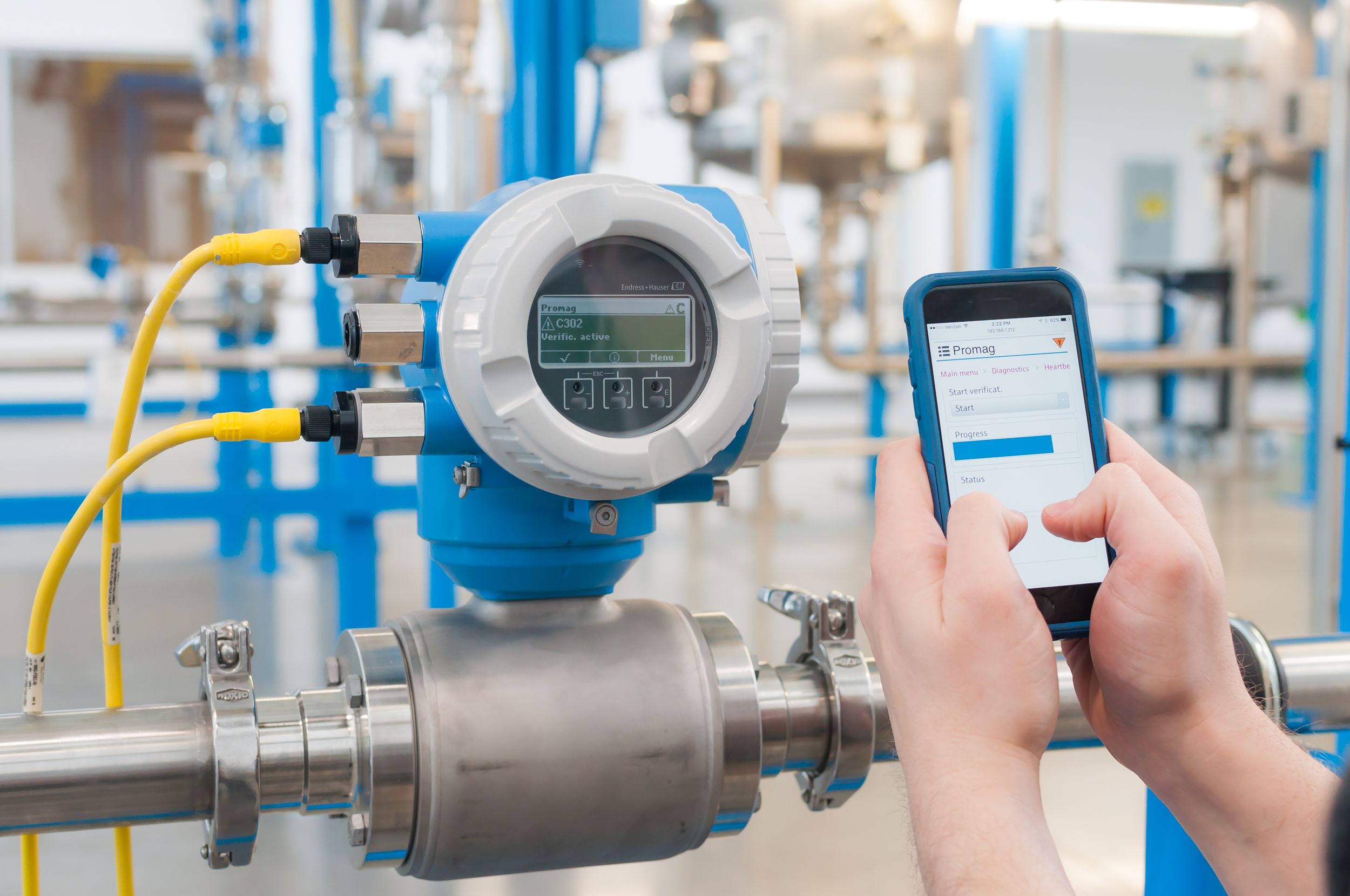Unlocking Efficiency: Optimizing Instrument Configuration for Success
Instrument configuration plays a crucial role in the success and efficiency of various industries. Whether it's the setup of machinery in a manufacturing plant or the configuration of software for data analysis, the way instruments are configured can significantly impact productivity and output.
In this comprehensive guide, we will delve into the intricacies of instrument configuration, its role in unlocking efficiency, and how optimising configuration can enhance overall performance for individuals and businesses alike.
Section 1: Understanding Instrument Configuration
Instrument configuration refers to the arrangement and setup of tools, equipment, or software to perform specific tasks. In various industries such as manufacturing, healthcare, engineering, and information technology, the configuration of instruments is pivotal in ensuring smooth operations and achieving desired outcomes. Optimal configuration directly impacts productivity, output quality, and resource utilisation.
The impact of optimal configuration on productivity and output is substantial. When instruments are configured efficiently, tasks are executed seamlessly, leading to streamlined processes and enhanced productivity. Moreover, a well-optimized configuration minimises errors and rework, thereby improving output quality. In essence, understanding instrument configuration is fundamental to maximising efficiency and overall performance.
Section 2: Assessing Current Configuration
Evaluating the current instrument setup is the first step towards identifying opportunities for improvement. It's essential to assess whether the existing configuration aligns with the operational requirements and goals of the organization. Key indicators of inefficiency or suboptimal performance may include bottlenecks in processes, frequent errors, or underutilization of resources.
To assess the current configuration effectively, it's important to consider factors such as compatibility, scalability, and alignment with industry standards. Additionally, gathering feedback from end-users and stakeholders can provide valuable insights into the practical aspects of the current configuration and its impact on operations.
Section 3: Identifying Improvement Opportunities
Identifying areas where configuration improvements can be made is a proactive approach towards enhancing efficiency. Tips for identifying improvement opportunities may include conducting thorough performance analyses, seeking input from subject matter experts, and staying informed about technological advancements that can optimise instrument configuration.

Proactive identification and addressing of potential issues can lead to substantial benefits. By staying ahead of operational challenges through continuous assessment and improvement, organisations can mitigate risks, enhance reliability, and maintain a competitive edge in their respective industries.
Section 4: Implementing Changes
Implementing changes to instrument configuration requires a strategic approach. Best practices include conducting a comprehensive impact analysis to assess the implications of proposed changes on various aspects of operations. Moreover, thorough documentation of the configuration adjustments and their rationale is essential for transparency and future reference.
Thorough testing and validation post-adjustments are critical to ensuring the stability and effectiveness of the new configuration. Rigorous testing protocols, user training, and contingency plans in case of unforeseen issues contribute to the successful implementation of changes.
Section 5: Monitoring and Maintaining Efficiency
Ongoing monitoring and maintenance of optimised configurations are vital for sustaining efficiency gains. Strategies for monitoring may involve automated performance tracking, periodic audits, and real-time analytics to identify deviations or performance trends. Regular reviews and updates to the configuration based on changing requirements or technological advancements are imperative for maintaining optimal efficiency.
Addressing the significance of regular reviews and updates to sustain efficiency gains is crucial. By staying proactive in monitoring and maintaining configurations, organisations can adapt to evolving needs, prevent performance degradation, and capitalise on opportunities for continuous improvement.
Conclusion
Optimising Fluke Meter Calibration services is a catalyst for success and efficiency across diverse industries. By understanding the role of configuration, assessing current setups, identifying improvement opportunities, implementing changes, and maintaining efficiency, individuals and businesses can unlock substantial benefits.
It's imperative to take proactive steps towards enhancing efficiency through configuration optimisation to stay competitive and achieve sustained success in a dynamic business landscape.
Comments
Post a Comment